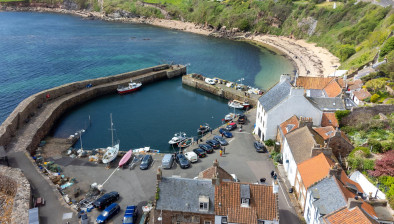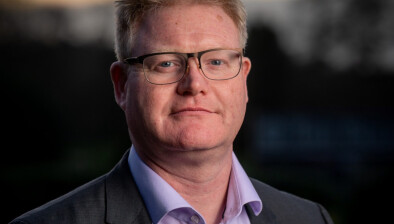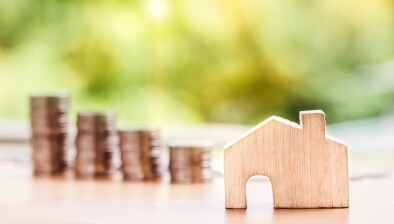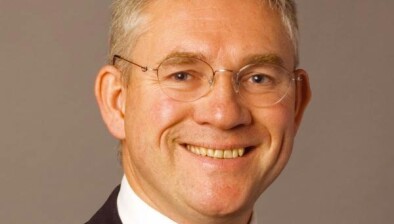Revenues reach £4.6bn after ten years of LBTT

As Scotland’s Land and Buildings Transaction Tax (LBTT) marks its 10th anniversary, property firm Rettie’s research team has calculated that LBTT revenue has reached a total of £4.6 billion, with over one million total returns received.
Introduced by the Scottish Government in April 2015, the LBTT receipt that month was £7 million, climbing to £61m this April. The research by Rettie has also revealed that around 70% of sales are now over the £145,000 threshold, meaning the vast majority of Scottish house buyers can now expect an LBTT bill.
In the latest financial year 2024/25, residential LBTT revenue increased to a record annual high of approximately £700m. The Edinburgh market remains the major source of LBTT revenue, with five of the top-10 postcode districts, with three in Glasgow, and St Andrews and East Lothian rounding off the top-10.
The postcodes that generated the most revenue in 2024/25 were EH10 (including Morningside), EH4 (including Barnton and Cramond), EH3 (including the Edinburgh New Town), EH12 (including Murrayfield) and G61 (including Bearsden).
The highest average LBTT bill by area was in Fife in KY9 (including Elie) at just under £27,000, followed by EH10 in south-west Edinburgh at around £25,000, and by EH39 (including North Berwick) at £24,000.
Prime sales continue to drive revenues, with sales over £750,000 equating to 22 per cent of revenue despite accounting for only about 1 per cent of residential sales.
Revenue generated by the Additional Dwelling Supplement (ADS) on second homes (not including buy-to-let purchases) now accounts for 35% of residential LBTT revenue, nearly 10 percentage points higher than the previous year. The ADS rate was increased to 8% (from 6%) in December last year.
Dr John Boyle, director of research and strategy at Rettie, said: “Ten years on from its introduction, LBTT has become a central feature of Scotland’s property market, with revenues now at record levels. Rising house prices and unadjusted thresholds have steadily brought more buyers into scope, while the Additional Dwelling Supplement has grown into a significant driver of receipts. Revenues are increasingly reliant on a small share of high-value transactions, particularly in Edinburgh and Glasgow, which underlines both the strength and vulnerability of the current tax base.
“Looking ahead, policy discussions around property taxation at the UK level, and the potential for reform in Scotland, will be important to monitor. For now, however, LBTT continues to provide a growing source of revenue, shaped by the dynamics of Scotland’s housing market and the concentration of activity in its prime areas.”









